
Pelvic floor dysfunction and sex: understanding the connection
Many people experience distress and confusion when sexual health suddenly shifts, often due to an underlying, yet rarely discussed, condition: Pelvic Floor Dysfunction (PFD).

How to train your pelvic floor at home: simple exercises and tips
Have you ever experienced a little bladder leakage when you sneeze, laugh, or exercise?

Hypertonic pelvic floor & anxiety: What's the link?
Stress and anxiety are common experiences, and most of us are familiar with how they can affect our bodies, from a racing heart to a churning stomach.

Does PCOS cause pelvic pain? Understanding the connection and how to find relief
Polycystic ovary syndrome (PCOS) is a complex hormonal disorder affecting millions of women.
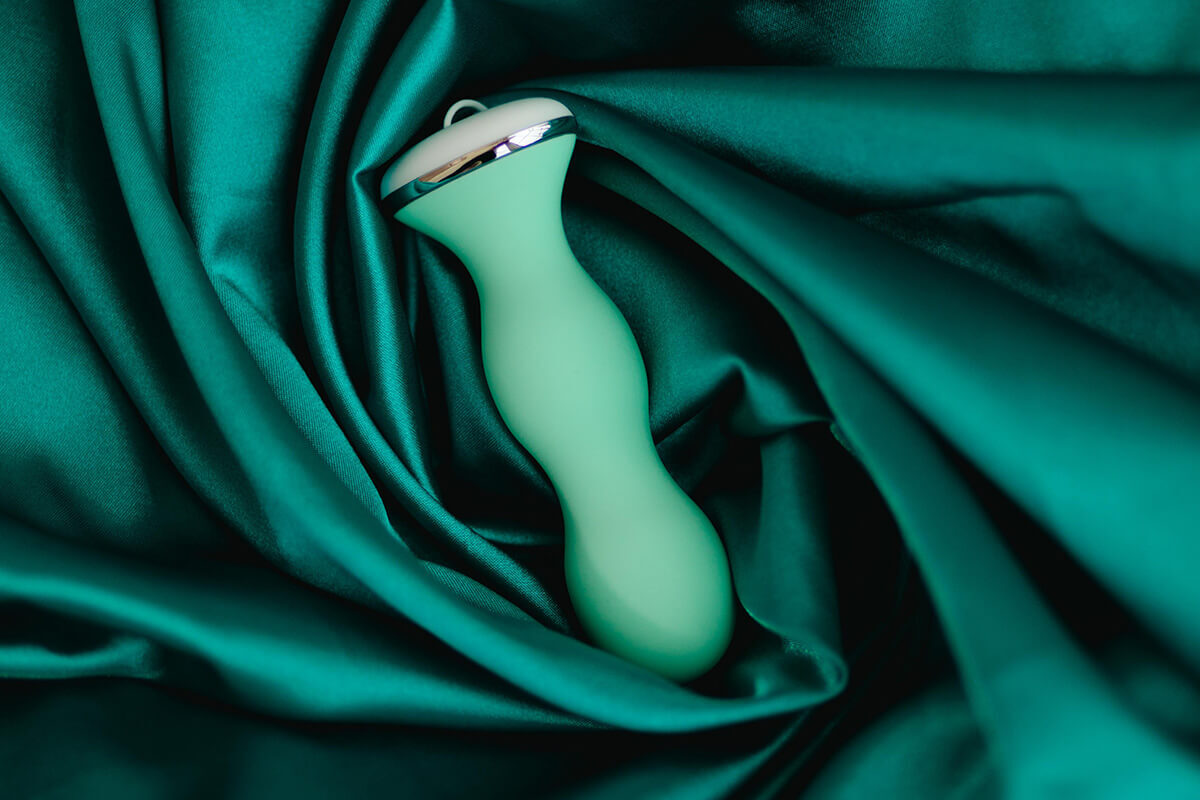
Kegel exercises for better sex: Unlocking enhanced pleasure and intimacy
Strengthening your pelvic floor muscles not only boosts your orgasms but also increases vaginal tone and sensitivity, enhancing arousal and intimacy with your partner.

Discover safe and effective vaginismus exercises for beginners
In navigating the path toward comfort and confidence, understanding vaginismus and its management is crucial for many individuals.
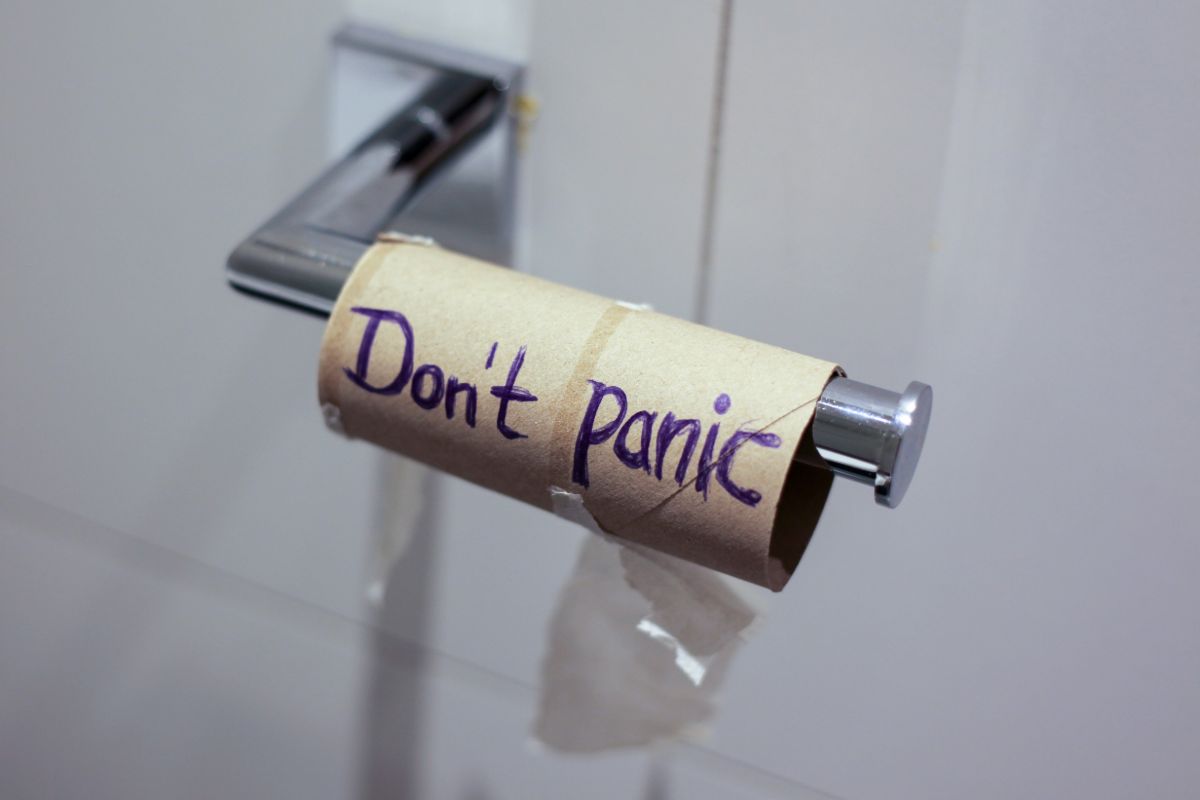
Can a weak pelvic floor cause hemorrhoids? Understanding the connection and solutions
Maintaining pelvic health is crucial for overall well-being, especially when it comes to preventing uncomfortable conditions like hemorrhoids.

Essential pelvic floor exercises post hysterectomy for optimal recovery
Embarking on the journey of recovery following a hysterectomy is a crucial step towards regaining your health and well-being.

Understanding the impact of cycling on pelvic floor health
When you embark on a cycling journey, you might find yourself pondering its effects on your pelvic floor health.

Preventing peeing while running: effective solutions
Experiencing urinary leakage during physical activity can be both uncomfortable and frustrating. This common issue, known as stress urinary incontinence, affects many individuals who engage in high...

The overactive bladder diet: optimal food choices for relief
Living with an overactive bladder can significantly impact your daily life and overall well-being. While medical treatments are available, dietary changes can play a crucial role in managing symptoms.
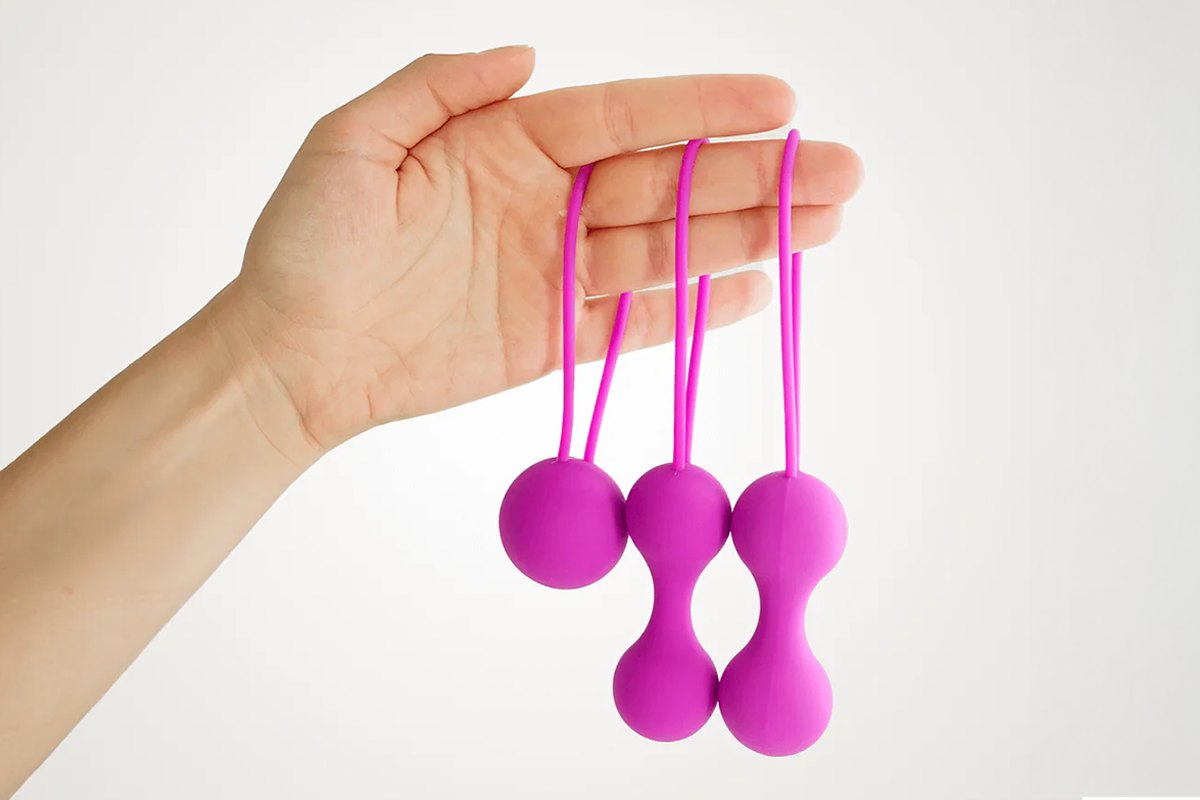
How to use Kegel weights for optimal pelvic health
Kegel weights offer an effective method to strengthen pelvic floor muscles, but proper technique is essential for achieving desired results.

How do you know if Kegels are working?
Curious about your Kegel progress? You're not alone in wondering how long it takes for Kegels to show results and how to tell if those pelvic floor exercises are actually making a difference.

Experiencing pelvic pain after running? Here's why
Ouch! That post-run pelvic pain can really put a damper on your running routine. If you're experiencing discomfort down there after pounding the pavement, you're probably wondering what's going on.

Pelvic floor yoga: strengthen and restore harmony
Is your pelvic floor in need of some extra care and attention? Practicing yoga could be the ideal solution you've been seeking. This ancient practice isn't just about striking poses on a mat - it c...

Pilates for pelvic floor strengthening and support
Pilates offers a wealth of benefits for your pelvic floor muscles, which play a crucial role in supporting your core and maintaining continence.

Pelvic floor and tailbone pain: what it means & how to treat it?
Have you ever experienced an unrelenting aching sensation in your pelvic region or tailbone? Pelvic floor dysfunction and tailbone pain are more common than you might think, affecting people of all...

Pelvic floor orgasm: your key to unforgettable pleasure
Ever wondered about the secret to mind-blowing orgasms? It might be right under your nose—or rather, between your legs. The pelvic floor, often overlooked, plays a crucial role in sexual pleasure.
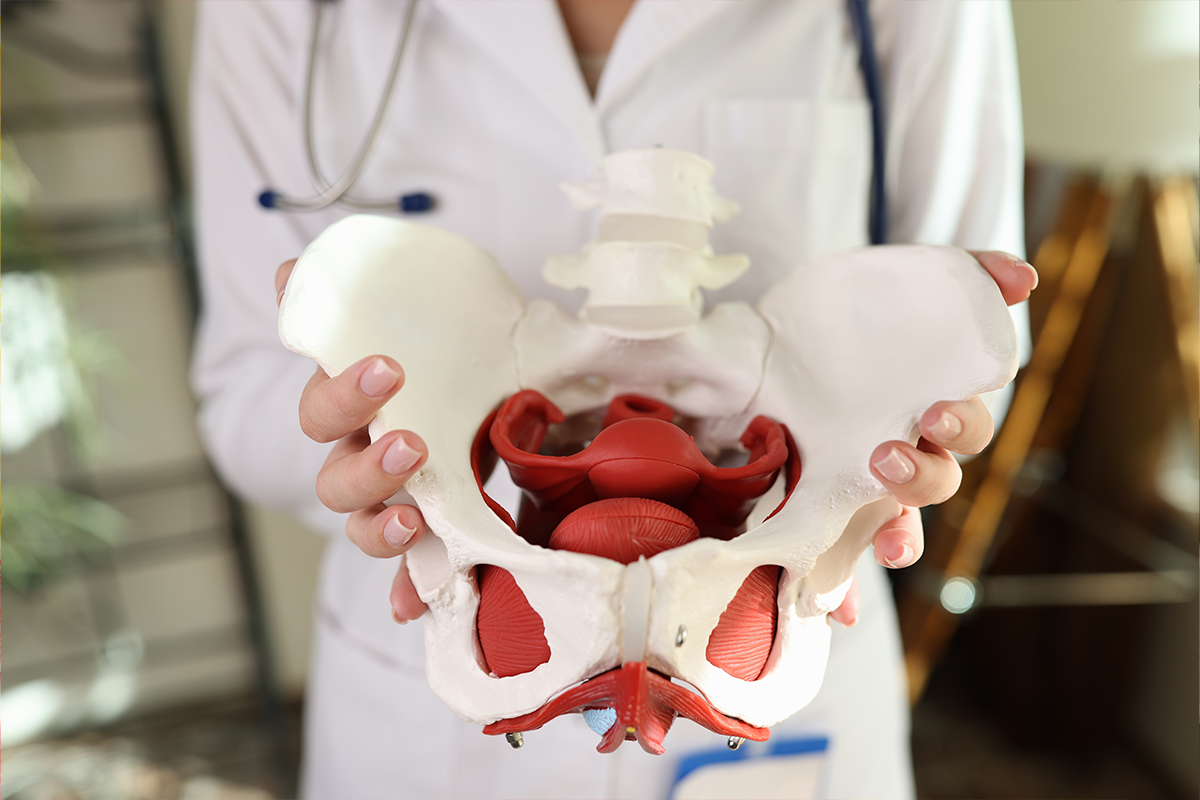
Pelvic floor release exercises: soothe and unwind
Ever felt like your pelvic area is a bundle of knots? You're not alone. Pelvic floor tension is more common than you might think, affecting people of all ages and backgrounds.

Pelvic floor breathing exercises: enhance your wellbeing
Ever wondered about those mysterious pelvic floor breathing exercises everyone's talking about? These powerful yet subtle techniques can work wonders for your overall wellbeing.

Tackling weak pelvic floor in your 20s
Ever noticed those little leaks when you laugh or sneeze? Or maybe you're feeling things aren't quite right down there?

Vulva vs. Vagina: what's the difference & why it matter?
Let us begin a discussion about a topic that is commonly misunderstood yet crucially significant: the difference between vulva and vagina. Yep, they're not the same thing!

Does queefing really mean you have a weak pelvic floor?
Have you ever been in an embarrassing scenario where air escaped from your lower body during an intimate moment or yoga class? Yep, we're talking about vaginal queefs - those unexpected (and someti...
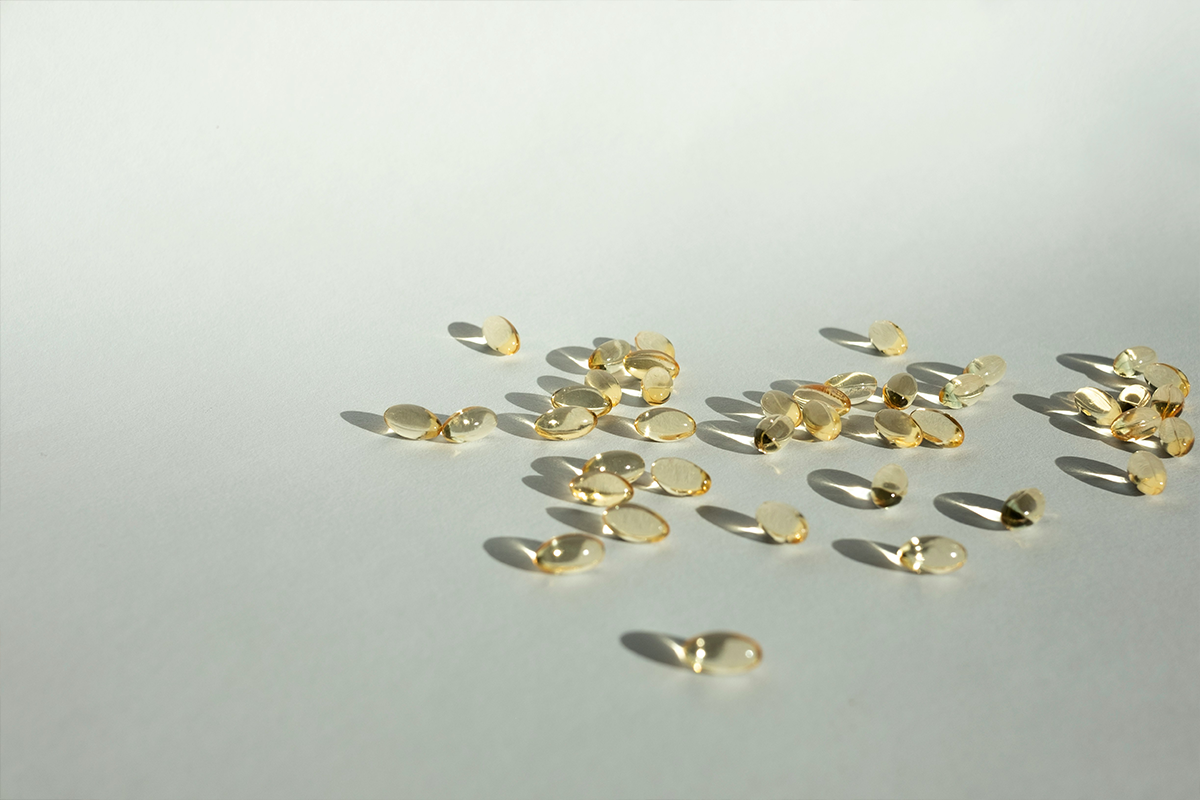
Can vitamins help pelvic floor dysfunction?
Ever felt like your pelvic floor could use a little extra support? It can happen. Pelvic floor dysfunction is more common than you might think, and it can really put a damper on your day-to-day life.
